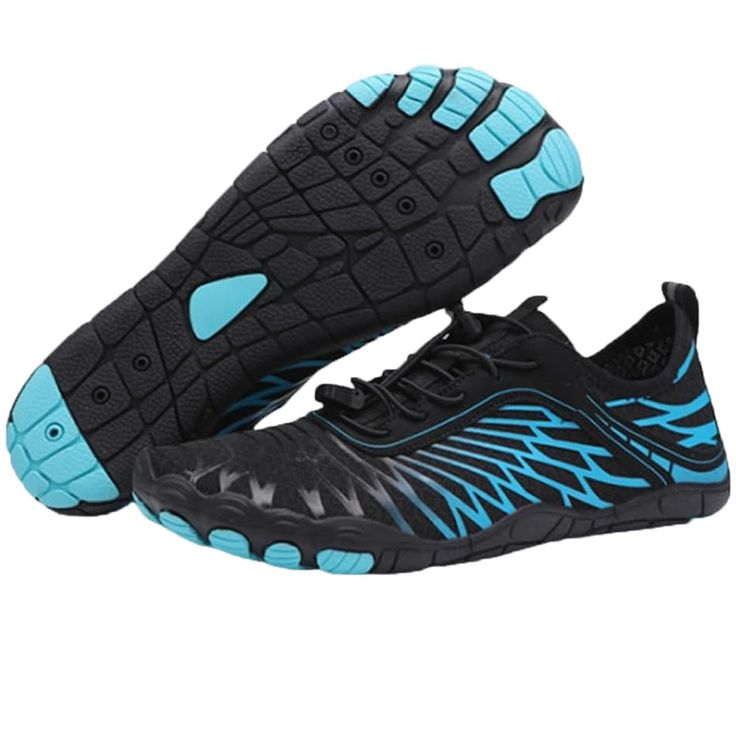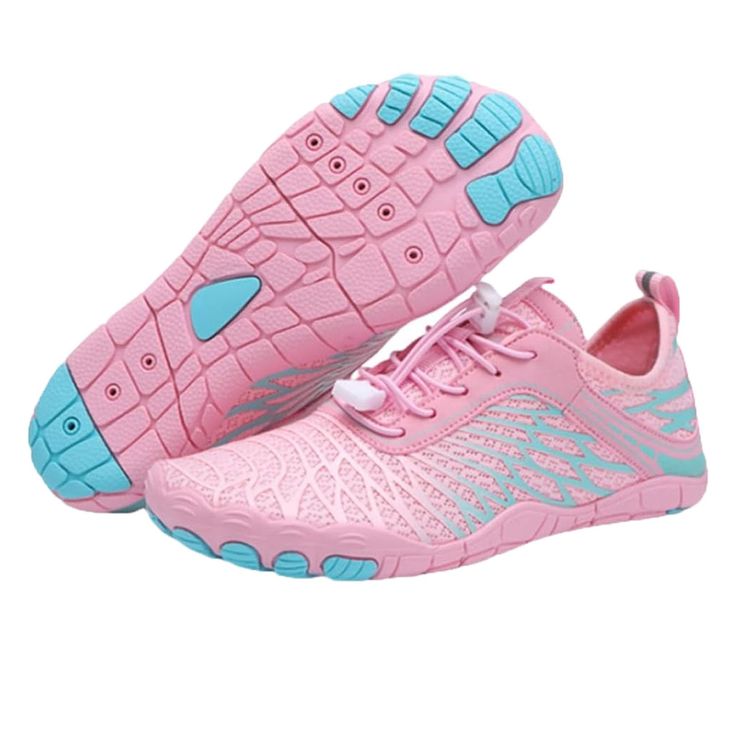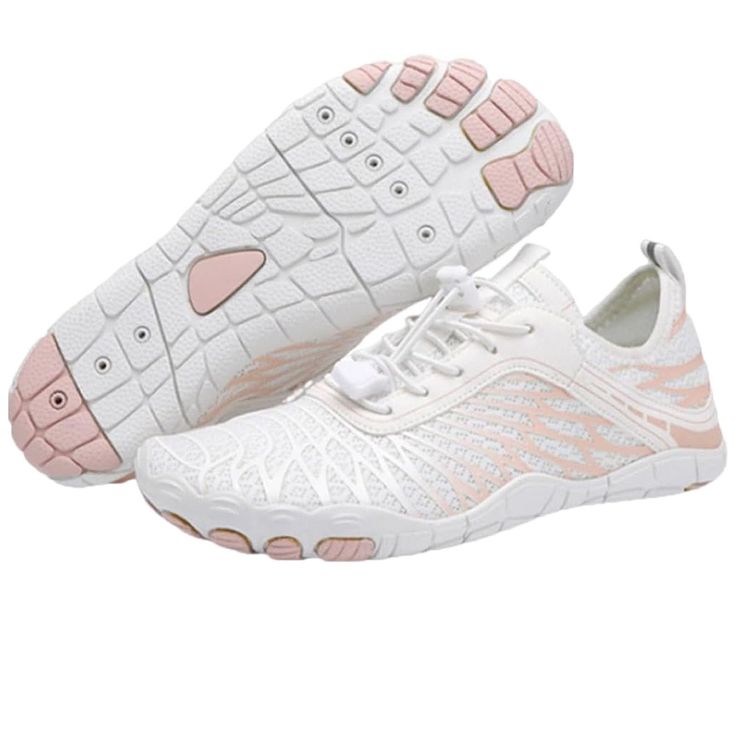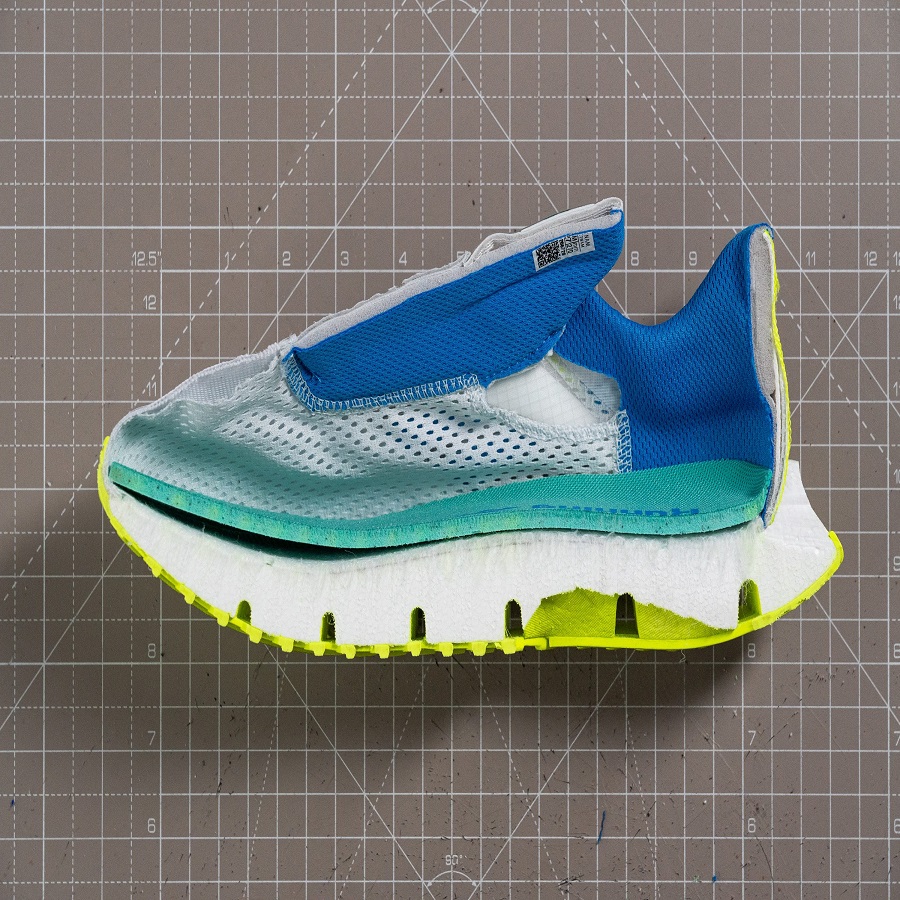Walking is one of the simplest yet most effective forms of exercise. However, the type of footwear you choose can greatly influence your walking experience. Barefoot shoes have gained popularity in recent years due to their natural design, which allows for better foot movement and a more grounded feeling. If you’re wondering how to walk in barefoot shoes, read on for essential tips that will enhance your comfort and stability.

Understand the Appeal of Barefoot Shoes
Barefoot shoes are designed to mimic the natural shape and function of the foot. They provide minimal cushioning and support while allowing for a more direct connection with the ground. This design aims to enhance proprioception, the body’s awareness of its position and movement in space. When considering how to walk in barefoot shoes, it’s important to appreciate their unique benefits:
- Improved balance: The thin sole allows for better ground feedback, which can improve balance.
- Strengthened foot muscles: Transitioning to barefoot shoes can help engage and strengthen the intrinsic muscles of your feet, leading to greater stability over time.
- Natural gait: Barefoot shoes encourage a forefoot or midfoot strike, which is more aligned with our natural walking pattern.
Understanding these benefits can motivate you to give barefoot shoes a try and explore the implications for your comfort and walking stability.
Start Slow: Gradual Transitioning to Barefoot Shoes
Transitioning to barefoot shoes is an exciting journey that requires patience and care. Here are essential steps to ensure a smooth adaptation:
- Begin Indoors:
- Start wearing your barefoot shoes indoors for short periods, such as 15-20 minutes at a time. This controlled environment allows your feet to acclimate to new sensations without external factors like rough terrain or weather conditions.
- Short Walks on Soft Surfaces:
- Once you feel comfortable wearing them indoors, take your barefoot shoes outside for brief walks on soft surfaces, such as grass or sand. These surfaces provide a gentler introduction to the feeling of walking barefoot, minimizing strain on your muscles and joints.
- Gradual Increase:
- Slowly extend the duration of your walks. Aim for three to five short sessions each week, gradually increasing both time and distance. Begin with flat surfaces before progressing to uneven terrains, which will challenge and strengthen your foot muscles.
- Listen to Your Body:
- Be attentive to how your feet respond during this transition. Mild fatigue and soreness are normal, but persistent pain can signal that you are overdoing it. If you experience discomfort, reduce your walking time or incorporate rest days to allow for recovery.
- Celebrate Progress:
- Keep track of your improvements and celebrate small milestones. Whether it’s walking a little longer or navigating a new surface, acknowledging your progress can keep you motivated throughout this transformative journey.
By taking these steps, you will give your feet the necessary time to adjust, ensuring a successful transition to the barefoot experience.

Master Your Walking Technique in Barefoot Shoes
Proper walking technique is vital when learning how to walk in barefoot shoes. Unlike traditional shoes, barefoot shoes encourage a more natural walking style, which may feel different at first. Here are key techniques to master:
- Focus on your stride: A shorter stride with a gentle push-off can help you maintain comfort. Avoid overreaching with your feet as this can lead to strain or injury.
- Heel to toe transition: When walking, try to land softly on your midfoot or forefoot first, allowing your heel to gently kiss the ground thereafter. This motion requires practice and mindfulness initially.
- Maintain an upright posture: Keeping your back straight and shoulders relaxed aids in alignment and reduces unnecessary stress on your joints.
Practice these techniques regularly, as they will not only enhance your comfort but also prevent potential injuries while you learn how to walk in barefoot shoes effectively.
Choose the Right Environment for Walking
When transitioning to barefoot shoes, the environment you choose to walk in plays a crucial role in enhancing your comfort and safety. Here are some key considerations to keep in mind:
- Start on Softer Surfaces: For those new to barefoot walking, beginning on softer surfaces like grass or packed sand is highly recommended. These types of terrains offer natural cushioning, which helps ease your feet into the experience of walking without the support of traditional shoes. They also allow you to gradually build strength in your foot muscles without overwhelming them.
- Progress to Mixed Terrains: As you gain confidence and comfort, it’s beneficial to switch to mixed terrains. This could include sandy trails, gravel paths, or even well-maintained pavements. The variation in surface types will challenge your feet and enhance their adaptability. However, it’s essential to be attentive to the different textures and levels of stability to avoid potential injuries.
- Be Mindful of Weather: Weather conditions can greatly affect the safety of your walking environment. Wet trails, muddy paths, or icy sidewalks can create slipping hazards that are particularly dangerous when walking in barefoot shoes. It’s wise to choose dry, stable conditions for your walks to minimize the risk of accidents.
By carefully selecting the right environment, you can ensure that your walking sessions are not only enjoyable but also safe as you integrate the practice of walking in barefoot shoes into your daily routine. Emphasizing comfort and proper conditions will ultimately lead to a more fulfilling walking experience.

Listen to Your Body: Recognize When to Rest
As with any new physical activity, listening to your body is key while adapting to barefoot shoes. Pain or discomfort could indicate that you’re overexerting yourself, so it’s vital to pay attention to your body’s signals:
- Establish recovery periods: Rest days are crucial to allow your muscles to recover and strengthen. Consider implementing a routine that includes both walking days and rest days.
- Cross-train with other activities: Engaging in low-impact activities such as swimming or cycling can provide a balanced fitness routine without putting excess strain on your feet.
- Consult professionals if needed: If you experience persistent pain or discomfort, consider speaking with a podiatrist or physical therapist. They can offer tailored advice and recommendations on walking techniques and proper adjustments.
Being attuned to your body’s signals as you learn how to walk in barefoot shoes will promote long-term comfort and prevent overuse injuries.
Maintenance and Care for Your Barefoot Shoes
Lastly, knowing how to walk in barefoot shoes is just one part of the equation; maintaining your shoes is equally important. Proper care can enhance their longevity and performance, providing you with the right support throughout their use:
- Clean them regularly: Remove dirt and debris after each walk. For tougher stains, use mild soap and a soft brush.
- Check for wear and tear: Regularly inspect the soles and uppers for any signs of damage. Addressing issues like frayed soles promptly can prevent further degradation.
- Store them properly: Keep your barefoot shoes in a cool, dry place when not in use. Avoid exposure to extreme temperatures which can compromise their integrity.
Taking the time to care for your shoes means they can continue to support your comfort and stability as you explore how to walk in barefoot shoes effectively.
Conclusion: Step into Comfort and Stability
Walking in barefoot shoes can transform your experience, leading to improved comfort and enhanced stability. By understanding the shoes’ appeal, transitioning slowly, mastering proper technique, selecting suitable environments, listening to your body, and maintaining your footwear, you’ll be well equipped to explore this innovative walking method fully. As you cultivate a deeper connection to the ground beneath you, your walking experience will become more enjoyable, all while you learn how to walk in barefoot shoes with confidence.

